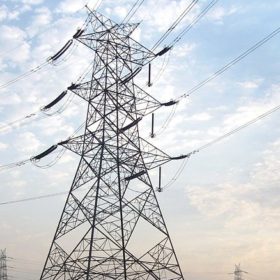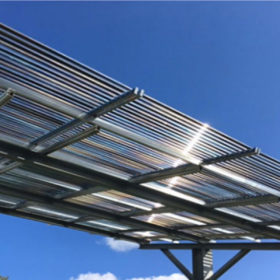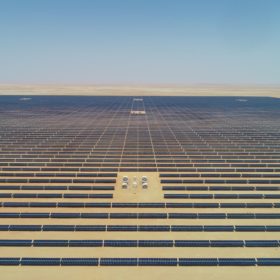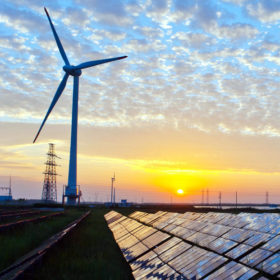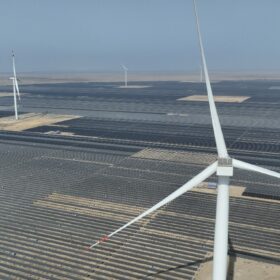Odisha tenders for 10 MW of solar in Konark town
Developers have until November 10 to submit bids for the grid-connected, ground-mounted solar generation capacity. The project will be set up on a build-own-operate basis in Kalahandi district to meet the electricity needs of the town.
India could have 20 GW more solar manufacturing
Power Minister RK Singh has revealed interest from manufacturers in developing more production lines even before incentive schemes being drawn up by the government are taken into account.
India still nowhere near energy sufficiency
The government is trying to harness renewables to increase domestic output but will need a more liberal energy market and to consider the structure of procurement auctions, cloying red tape and the financial travails of state utilities if it is to achieve its goals, says Rakshika Kaul of Amp Energy India.
Solar development amid changing landscape
Ranjit Gupta, CEO, Azure Power, speaks to pv magazine about solar development in India against the backdrop of Covid pandemic and government’s push for self-reliant India, and the progress of their manufacturing-linked project.
IRENA presents $2tn plan to drive 5.5m renewables jobs by 2023
Doubling down on renewable energy investment and energy transition spending is required to ensure a truly green global recovery from the Covid-19 crisis and its economic aftershock, claims the International Renewable Energy Agency.
Gujarat tenders 500 MW of solar
Projects can be established anywhere in the state which has spare grid capacity, with the relevant substations listed on the Gujarat Energy Transmission Corporation website.
Thin-film agrivoltaic solar tubes
German tech company Tube Solar AG has secured €10.8 million to develop its cylindrical agrivoltaic modules. The lightweight devices could also be used on roofs until now considered unsuitable for PV.
Tender for 7.5 MWp of grid-connected rooftop solar in Andaman
October 20 is the final date to submit bids for the generation capacity, which will be set up on buildings on the islands of Middle and North Andaman.
Auctions show Indian renewables still primed for growth
A report by the Institute for Energy Economics and Financial Analysis says there is plenty of investment capital available for Indian renewables despite pandemic disruption.
Choosing the right sites for Indian renewables
With biodiversity concerns and social impacts such as arguments over the loss of agricultural land delaying projects, non-profit The Nature Conservancy India has published a report to help developers choose their locations more carefully and get India’s energy transition back on track.


